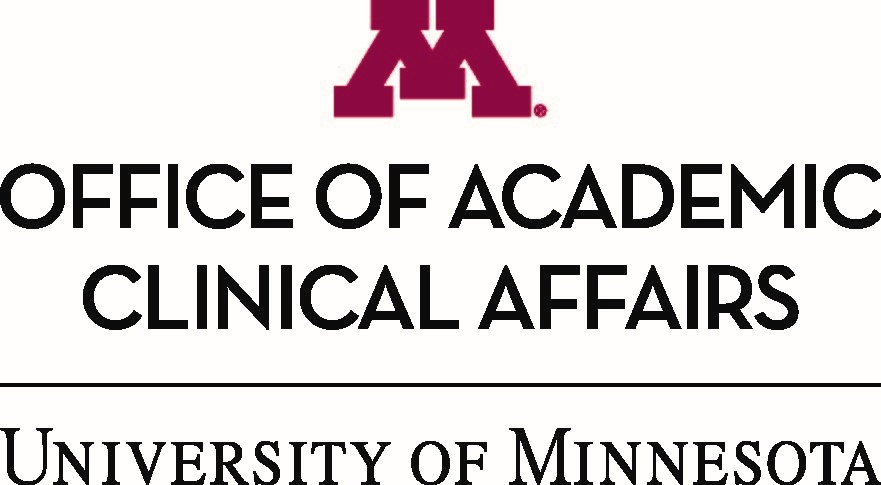Study highlights mode of COVID-19 household spread, coinfections in kids
A study of 68 children in China with COVID-19 reveals that 96% were household contacts of infected adults who had developed symptoms earlier, and 51% of those tested for common respiratory pathogens also had another type of infection.
The study, published today in Pediatrics, involved a retrospective review of electronic medical records of pediatric patients admitted to the Qingdao Women and Children's Hospital and Wuhan Children's Hospital from Jan 20 to Feb 27.
Nineteen of 34 patients who underwent nucleic acid testing were coinfected with one or more pathogens other than SARS-CoV-2, the virus that causes COVID-19, including Mycoplasma pneumoniae, respiratory syncytial virus, Epstein-Barr virus, cytomegalovirus, and influenza A and B.
One patient developed severe pneumonia, while 29 (39%) had mild pneumonia, 24 (32%) had acute respiratory tract infections, and 20 (27%) had no symptoms. The most common symptoms in 44 symptomatic patients were cough (32%) and fever (27%). C-reactive protein levels, indicating inflammation, were observed in 13 patients (18%).
Abnormal leukocyte counts were found in 23 (31%) of children, with 19 (26%) elevated and 4 (5%) reduced. Ten (14%) had abnormal lymphocyte counts, with 6 (8%) increased and 4 (5%) decreased. Leukocytes and lymphocytes are white blood cells involved in immune response.
Thirty-seven of 70 patients who underwent chest computed tomography (CT) (53%) had abnormal findings, 30 (81.1%) of whom had symptoms. Only nine 9 patients (12.2%) had characteristic COVID-19 findings on chest CT.
Eight of 10 children assessed showed prolonged fecal shedding of SARS-CoV-2 RNA on real-time reverse transcription polymerase chain reaction (RT-PCR). All patients recovered.
Because the children had different signs and symptoms from those typically seen in adults and coinfections were common, the authors said the study highlights the importance of screening for the novel coronavirus in this age-group.
Jun 10 Pediatrics study
Early antibiotics for COVID-19 found to have no impact on death, infections
A small study of COVID-19 patients treated at a community hospital in southern Switzerland found that early administration of antibiotics did not significantly impact mortality or hospital-acquired infections in critically ill patients, Swiss researchers reported in a letter to the Journal of Infection.
The retrospective study looked at 48 intensive care unit (ICU) patients who had COVID-19, 19 (40%) of whom received antibiotics before ICU admission because of suspected bacterial co-infection. In general, the characteristics of the patients in the antibiotic and non-antibiotic groups were similar, with cardiovascular disease more frequently observed in the non-antibiotic patients. The most frequently used antibiotic was amoxicillin-clavulanate.
Analysis of outcomes showed that mortality was similar between the two groups (24% without antibiotics vs 26% with antibiotics, P = 0.86) and that no difference was observed in the overall number of delayed hospital-acquired infections during ICU stay, though urinary tract infections were more frequently seen in the non-antibiotic patients, and candidemia cases appeared more often in the antibiotic group.
Although the low number of patients in the study did not allow the researchers to draw a firm conclusion from the results, they said the findings "call into question the utility of early treatment of a presumptive bacterial superinfection in COVID-19 patients."
"Large multi-centric studies are urgently needed to investigate the impact of early antibiotics therapy on mortality, subsequent healthcare associated infections and ICU complications (i.e., duration of mechanical ventilation)," they wrote.
Jun 4 J Infect letter
Most early COVID-19 treatment studies flawed, researchers find
Most registered clinical trials of potential treatments for COVID-19 under way as of late March will have limited value due to poor design, according to a study published yesterday in BMJ Open.
Researchers at Johns Hopkins University in Baltimore analyzed the 201 clinical trials for drugs or plasma to treat COVID-19 registered under ClinicalTrials.gov and the World Health Organization's (WHO's) international registry as of Mar 26. One-hundred (50%) were registered in China, and 78 (38%) were registered in the United States. Most studies in the US records were registered by international researchers. Overall, 126 (63%) of 201 were enrolling patient from China, 31 (15%) from Europe, and 14 (7%) from the United States.
Ninety-two (46%) of the studies involved different drugs and antibody-containing blood plasma.
A third of the studies lacked clinical end points to indicate success or failure, nearly half were underpowered to assess modest treatment benefits because they were designed to enroll fewer than 100 patients, two-thirds could have been affected by unconscious bias because the patients and physicians both knew who did and did not receive the treatment, and about a quarter lacked randomization.
Nearly all trials involved treatments already used for other diseases because they could be rapidly repurposed for the novel coronavirus owing to established safety profiles and regulatory approval. But the authors said that prescribing even approved drugs for other conditions, called "off-label" use, requires safety and effectiveness studies because they carry risks.
Lead author Hemalkumar Mehta, PhD, said in a university press release that the studies' weaknesses mean that they will likely produce only preliminary evidence: "Given the urgency of identifying definitive evidence on potential COVID-19 treatments, this is an instance where we wish we did not have to say 'further research is needed' because of basic trial design shortcomings and small trials," he said.
Jun 9 BMJ Open study and Johns Hopkins press release













